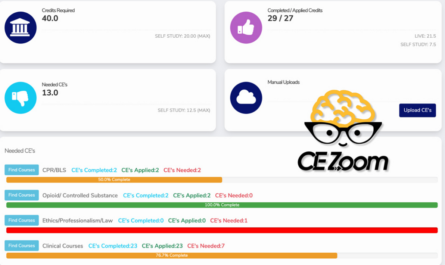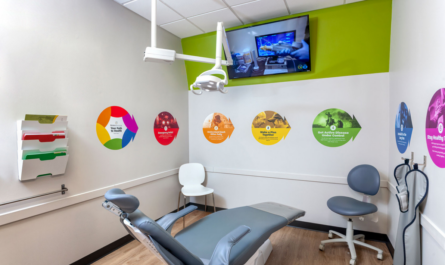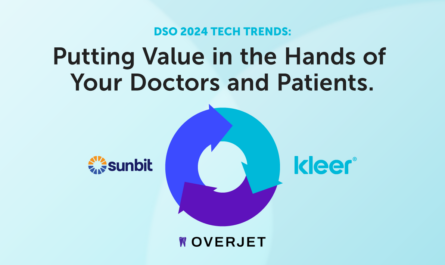What to focus on when consolidating your technology needs.
Sponsored Content: Rectangle Health
In today’s DSO market, efforts to consolidate vendors, centralize data, and streamline workflows are on the rise, said Christian Drbal, Director of Enterprise Solutions at Rectangle Health.
Indeed, consolidation of vendors into single platforms for the end-to-end patient experience is key for ease of use on the clinical staff side of the business. “Not having to rely on multiple platforms throughout the day allows staff to focus on patient care,” Drbal said. “The corporate side of the DSO needs a reliable, centralized database to understand globally what is happening in the organization but to also have the flexibility to deep dive into a region, group of clinics, or single clinic in real-time to identify areas of opportunity for improvement.”
But how do DSOs know they are taking the right steps to improve workflows and patient access? Drbal offered the following questions to ask:
- Does it improve staff morale? Streamlining the workflows for staff and automating mundane tasks can reduce phone calls from confused patients, minimize manual entry errors, increase collection rates, and reduce time patient balances are in AR. “With staffing challenges impacting every aspect of the dental industry, automation is key to helping staff be efficient and not overburdened in their day to day,” Drbal said. It’s also imperative that the onboarding process and ongoing management of systems is not disruptive or difficult for staff. We’re hearing more often, “If it’s not easy, it’s not worth it,” Drbal adds. Offering virtual installs and training, simple tutorials, videos, and checklists allows existing staff to self-serve with refreshers and get new staff up and running quickly.
- Does it improve patient satisfaction? Does your platform have features that make life easier for your patients? According to data from a 2021 survey released by Rectangle Health in conjunction with PYMNTS.com, more than half of patients (56%) are “very” or “extremely” interested in payment plans for medical bills. The survey revealed an even higher level of interest (73%) among bridge millennials (ages 33-43) and younger patients. Younger patients are increasingly enticed by using a payment plan for typical visits, up eight percentage points from the initial survey.
- Does it cover the essentials? As DSOs continue to grow through acquisition, the end result is an ever more complex maze of disparate systems throughout the organization. This problem becomes exponential as growth accelerates. Drbal said keeping vendors to a minimum through utilization of platforms that consolidate and centralize capabilities for the patient, staff, and corporate level experience is critical to maintaining organizational efficiency.
In the current environment, both administrative and clinical staff are stretched thin amidst workforce shortages, making the implementation of technology that serves to improve efficiency even more challenging. Standardizing the systems, workflows, and tech in the organization is increasingly difficult – yet even more important – if continued growth is to be achieved.
“Without a foundational baseline of systems the organization can rely upon, complexities in disparities will continue to compound as the organization continues to grow,” Drbal said.
Rectangle Health equips healthcare practices with the technology and tools to attract and retain patients from registration to post-care billing. The company’s patented Practice Management Bridge® platform enhances the patient experience, reduces administrative burden, boosts financial stability, and simplifies healthcare and payment compliance. Since 1993, Rectangle Health has streamlined practice management workflows for tens of thousands of practices in the United States. Learn more at rectanglehealth.com.





